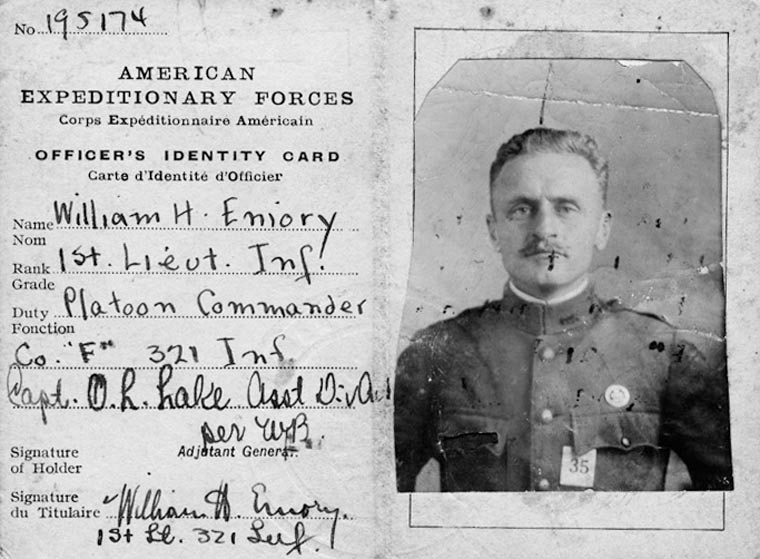wool prices climb

With the entry of the United States into the war in April, 1917, the problem of raw materials became grave for American mills. Speculative buying quickly caused raw wool prices to climb sixty-five percent. To curb inflationary rises, the government bought a large quantity of wool during the summer of 1917 which it threatened to dump on the market if prices went too high. In the fall, the government purchased 233 million pounds from England and shortly afterwards placed all wool imports under a licensing system.
The heaviest blow fell in April, 1918. Early in that month, the War Department ordered all woolen mills to hold their looms at the service of the government and blocked the flow of raw wool to civilian cloth makers except by special permits. A few days later the wool growers' association, faced with the threat of seizure, agreed to sell to the government all raw wool at prices current on July 1, 1917. Nevertheless, wool prices had jumped to double or treble their pre-war level, and fabrics rose in price nearly two hundred percent.--Harry Poindexter
Labels: Poindexter History

0 Comments:
Post a Comment
<< Home